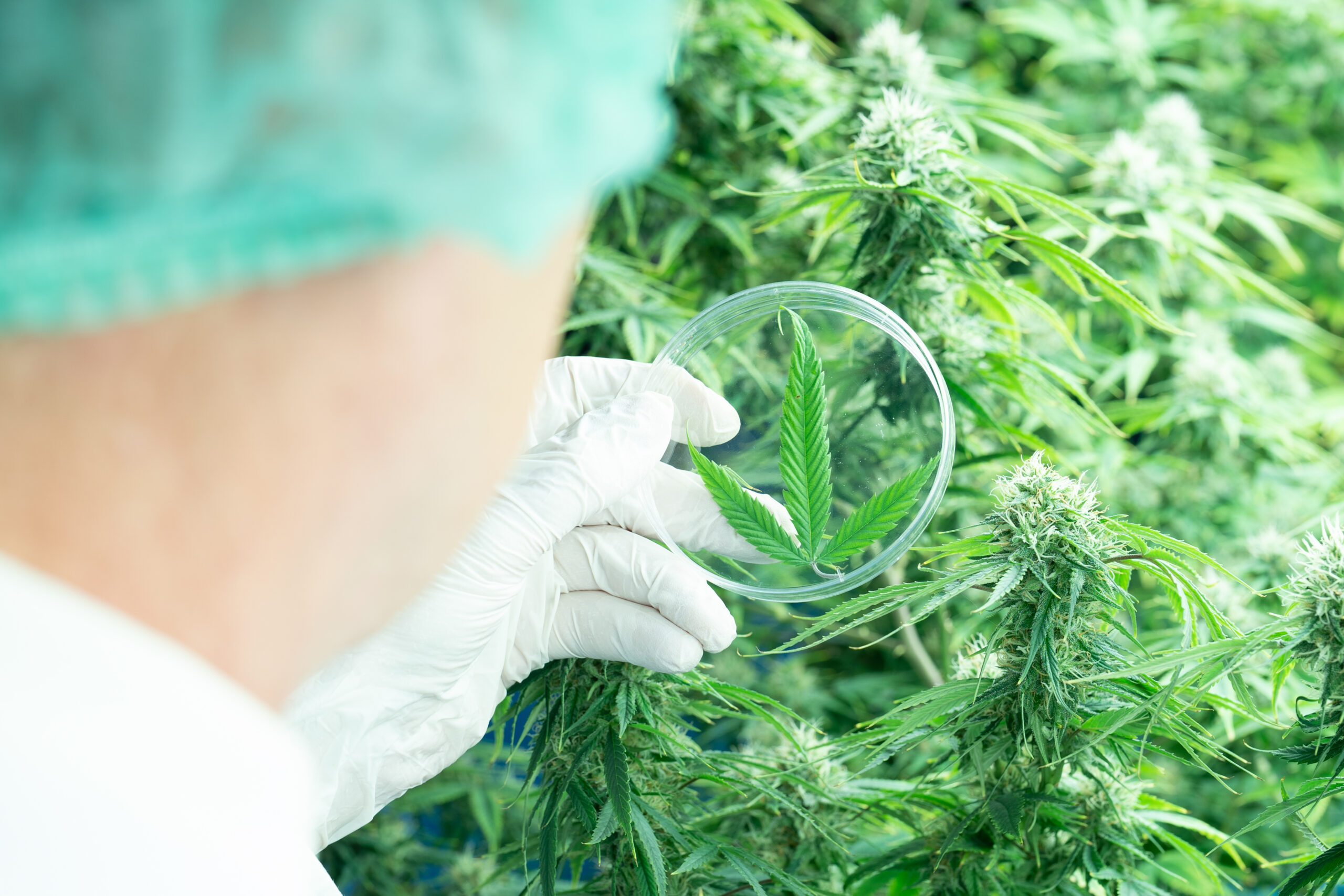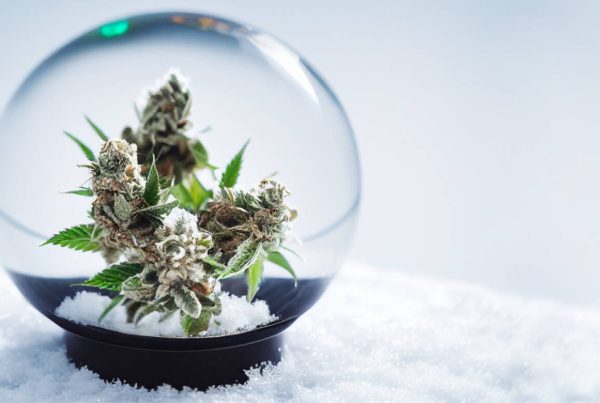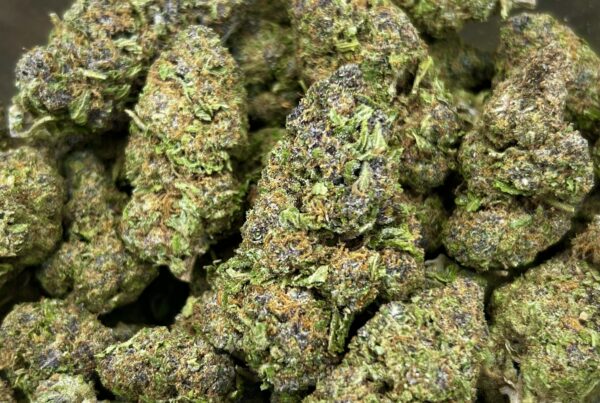Cannabis, often referred to as marijuana, has been used for centuries for its therapeutic and recreational properties. While most people are familiar with the plant’s psychoactive compound, delta-9-tetrahydrocannabinol (THC), there is much more to cannabis than just getting high. Cannabis contains a vast array of chemical compounds, with cannabinoids being the most significant contributors to its effects. In this blog post, we’ll delve into the top ten cannabis cannabinoids and explore their potential health benefits.
1. THC (Delta-9-Tetrahydrocannabinol)
THC is the most well-known cannabinoid and is primarily responsible for the euphoric and psychoactive effects associated with cannabis consumption. It also has potential medicinal properties, such as pain relief, appetite stimulation, and anti-nausea effects. However, its psychoactivity can be a downside for some users.
2. CBD (Cannabidiol)
Cannabidiol, or CBD, has gained immense popularity in recent years for its numerous therapeutic properties. It is non-psychoactive and has been used to treat conditions like anxiety, epilepsy, pain, and inflammation. CBD interacts with the endocannabinoid system to help maintain balance in the body.
3. CBG (Cannabigerol)
CBG is often referred to as the “mother of all cannabinoids” because it is the precursor to other cannabinoids like THC and CBD. While research is in its early stages, CBG shows promise in addressing conditions such as glaucoma, inflammation, and neurodegenerative diseases.
4. CBN (Cannabinol)
CBN is formed when THC oxidizes over time, and it is known for its sedative effects. It may help with insomnia and muscle spasms and has potential as an antibacterial and anti-inflammatory agent.
5. CBC (Cannabichromene)
CBC is a non-psychoactive cannabinoid that has shown promise as an anti-inflammatory and analgesic (pain-relieving) compound. It may also support neurogenesis (the growth of new brain cells) and exhibit anti-depressant properties.
6. THCV (Tetrahydrocannabivarin)
THCV is a lesser-known cannabinoid that may suppress appetite and could be useful for weight management. Some studies suggest that it may have potential in managing diabetes and anxiety disorders.
7. CBDV (Cannabidivarin)
Similar to CBD, CBDV is non-psychoactive and has demonstrated anticonvulsant properties. It is being researched for its potential in treating epilepsy and other neurological conditions.
8. Delta-8-Tetrahydrocannabinol (Delta-8-THC)
Delta-8-THC is a less potent, less psychoactive cousin of Delta-9-THC. It offers a more balanced experience and is often used for relaxation and pain relief.
9. CBDA (Cannabidiolic Acid)
CBDA is the precursor to CBD and is typically found in raw cannabis. It may have anti-inflammatory and anti-nausea properties and is being studied for its potential in cancer treatment.
10. THC-A (Tetrahydrocannabinolic Acid)
THC-A is another non-psychoactive cannabinoid found in raw cannabis. When heated, it decarboxylates into THC. Some users believe it has anti-inflammatory, anti-nausea, and neuroprotective effects.
Cannabis is a complex plant with numerous cannabinoids, each offering unique effects and potential health benefits. While THC and CBD remain the most researched and widely used, other cannabinoids like CBG, CBN, and CBC are gaining attention for their therapeutic potential. As scientific research into cannabis continues to expand, we can expect to discover even more about these fascinating compounds and their potential to enhance human health and well-being. It’s important to note that the legality of cannabis and its cannabinoids varies by region, so always consult with a healthcare professional before incorporating them into your wellness routine.






